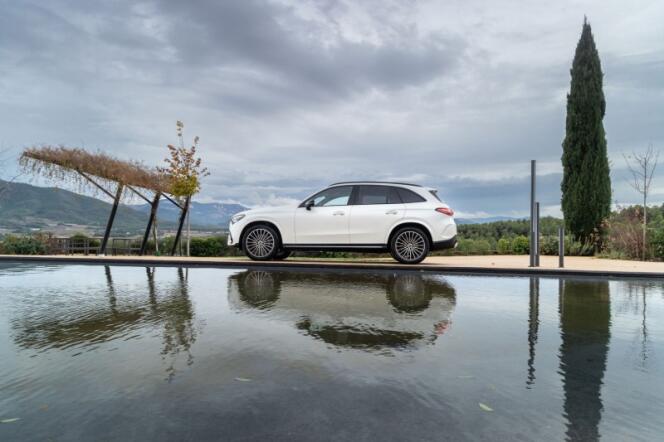On the automotive battlefield, diesel will have to give up. It’s a question of time. It now only accounts for 13% of new European car registrations, a fall of half in four years. In France, the years of diesel frenzy are over; it only accounts for just under 10% of registrations, compared to 77% in 2008.
Only heavy riders remain loyal to an engine that consumes little and emits little CO2 but which goes against the grain of its time. Diesel continues to suffer from chronic unpopularity linked to its particle emissions and the risk of being banned from certain large cities. It is also in technological freewheeling because manufacturers are no longer investing in this area and its price at the pump no longer presents a clear price advantage.
To give diesel a chance again, brands have tried to use the weapon of hybridization, which allows gasoline engines to adapt to anti-pollution standards, to its advantage. With limited success which prompted Peugeot, Volvo or Audi not to repeat the experience. Mercedes, on the other hand, persists and has just renewed its GLC called 300de. A plug-in hybrid diesel SUV loaded with 200 kg of batteries. There is a clientele, made up of the overwhelming majority of businesses, that these characteristics do not scare away.
On the surface, the GLC 300de presents itself as squaring the circle. A plug-in hybrid (also called PHEV for “plug-in hybrid vehicle”) can circulate without emitting a single gram of CO2 thanks to its 100 kilowatt (136 horsepower) electric motor over a distance of 60 to 80 kilometers, depending on the type of route. Then, its 197 horsepower diesel engine takes over and ensures a range of more than 800 kilometers. The beneficiary of a plug-in hybrid company vehicle can go to work all week without polluting and go on weekends without worrying about autonomy.
Difference between the technical sheet and use in real conditions
The GLC 300de still requires a trunk with a reduced volume of 150 liters due to the presence of a 31 kilowatt-hour battery and suffers from the too long travel of its brake pedal which struggles to regulate the action of the discs and the recuperator. of energy. Above all, its weight is pachydermic (2.4 tonnes). Its cost, more than 70,000 euros, is steep but in line with the rest of the brand’s catalog.
Designed to comfortably navigate the route, the GLC 300de makes you forget its overweight thanks to an efficient and comfortable air suspension and the presence of directional rear wheels, offered as an option, which reduce considerably the turning circle. Once the battery was discharged, our consumption level observed on the highway (7 liters) and on the road (5.8 liters), was not problematic while driving without having too heavy a foot.
You have 40% of this article left to read. The rest is reserved for subscribers.
